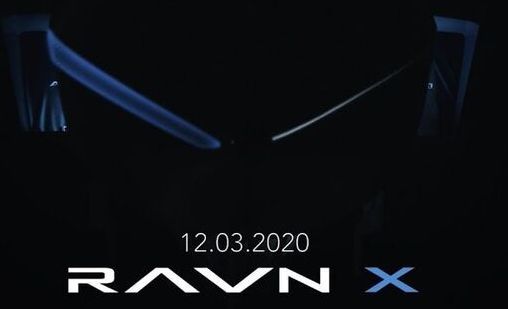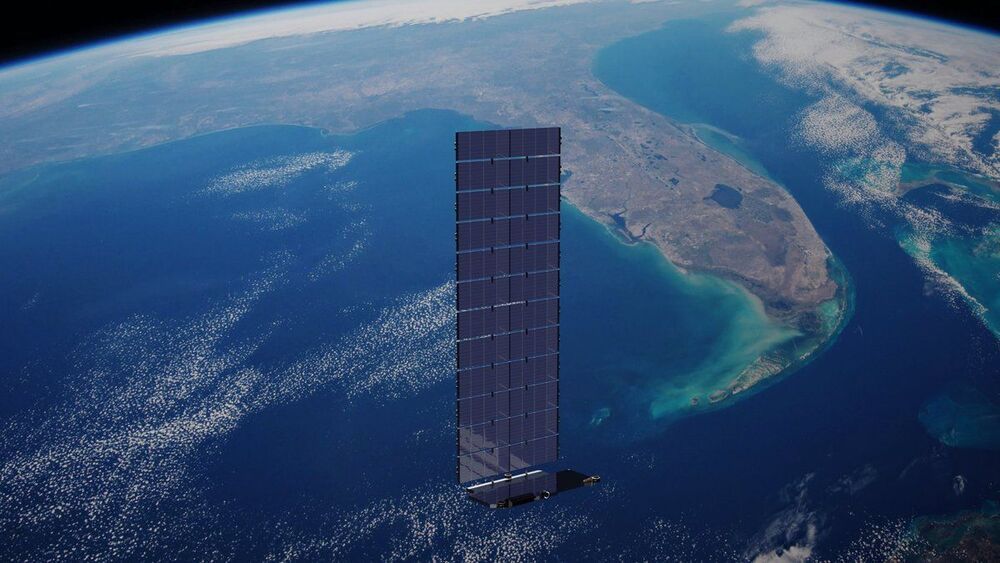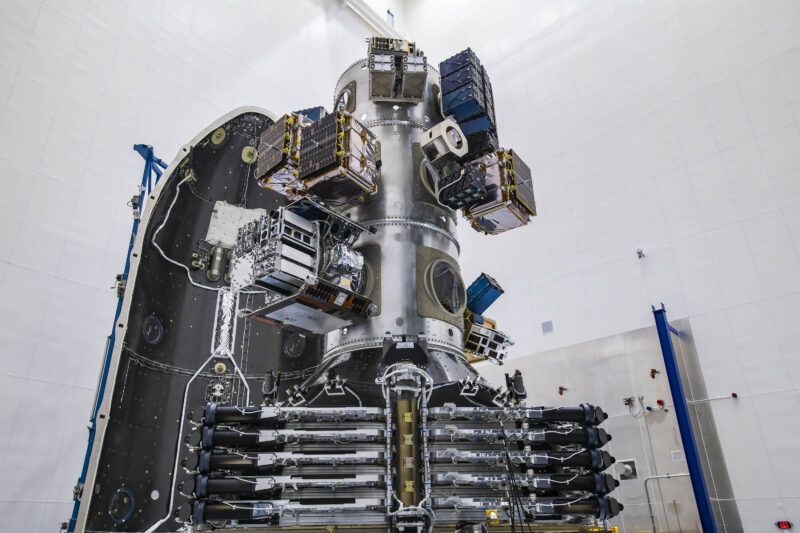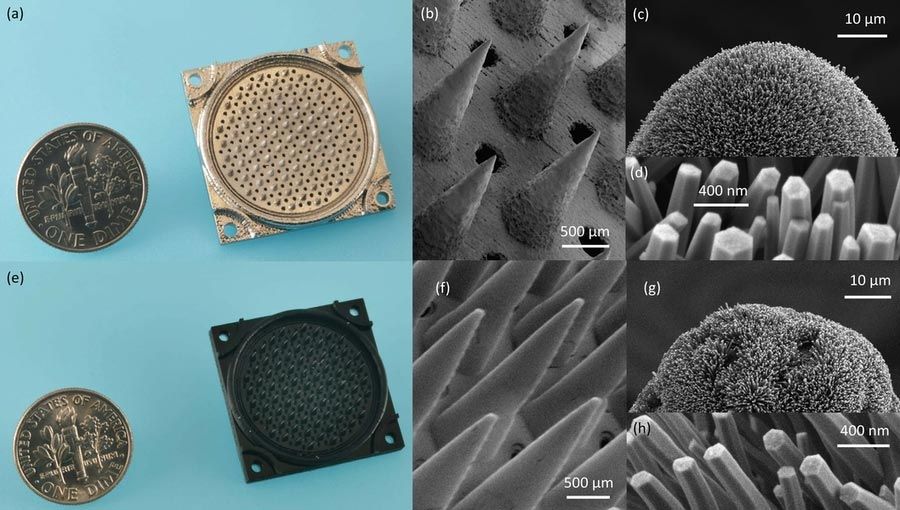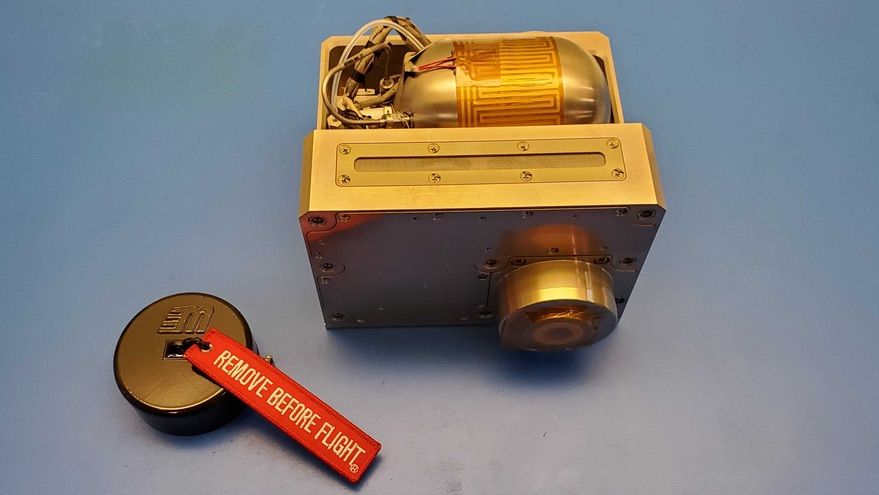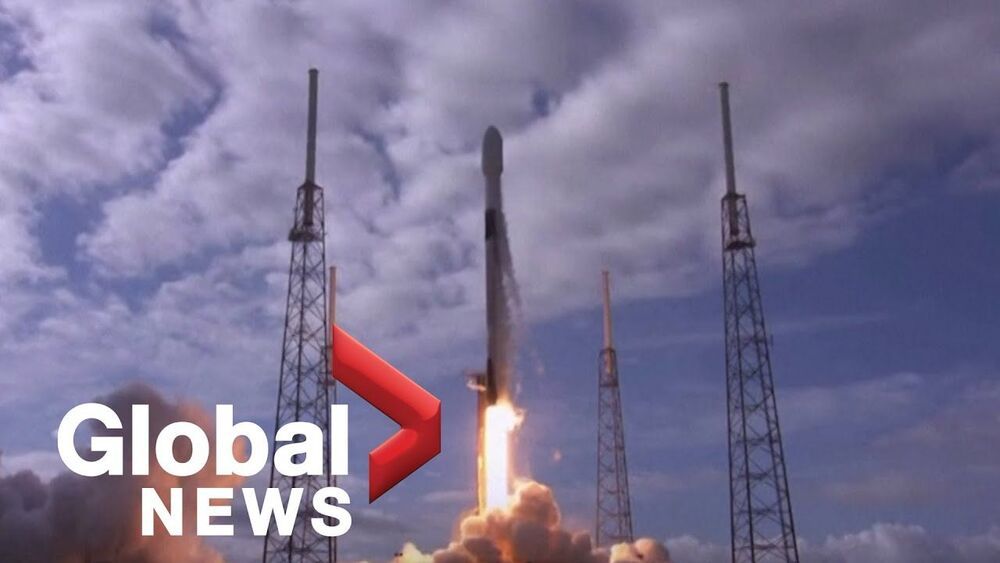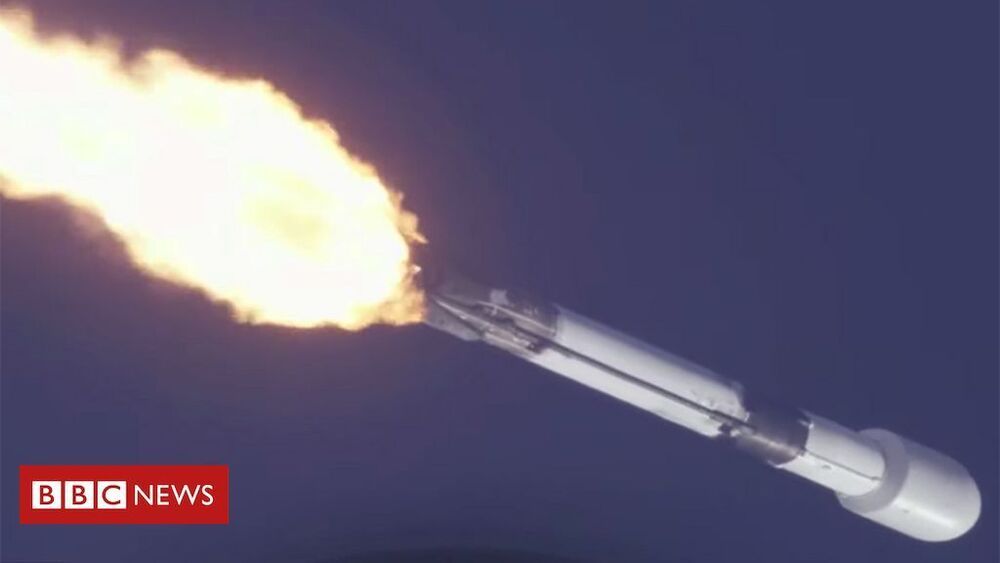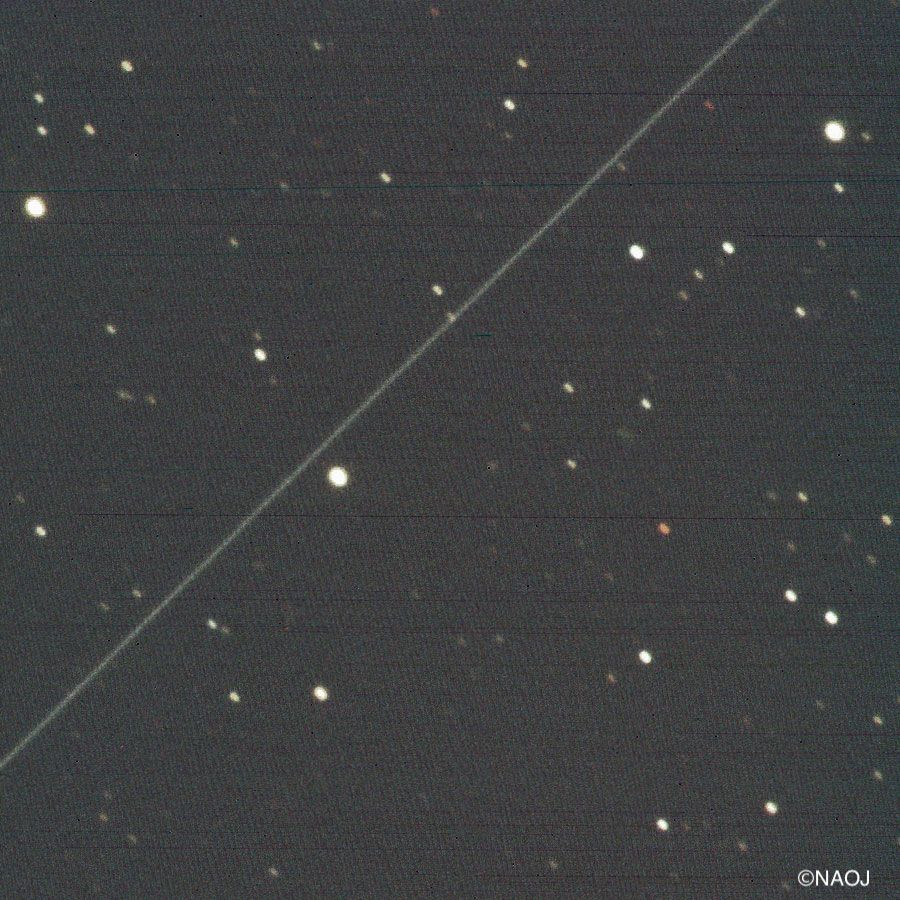Feb 5, 2021
Autonomous Ravn X Drone to Launch Satellites From Airport Runways
Posted by Kelvin Dafiaghor in categories: drones, robotics/AI, satellites
OEC promoting Tech in Africa.
Space startup, Aevum, just unveiled the product of years of work—a sleek, autonomous, rocket-launching aircraft called Ravn X.
Continue reading “Autonomous Ravn X Drone to Launch Satellites From Airport Runways” »
